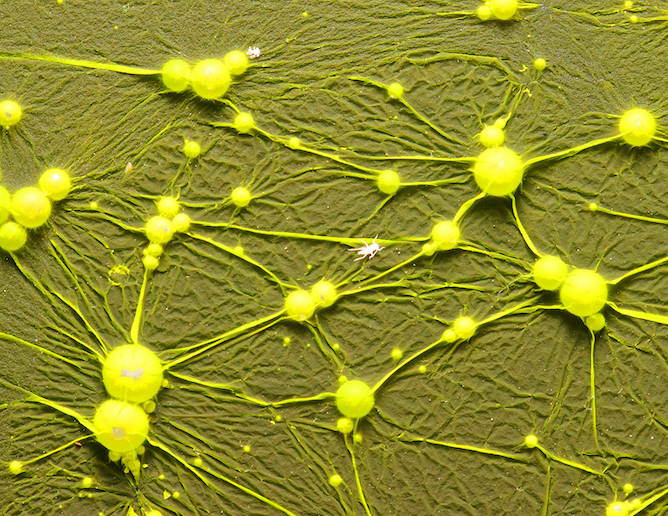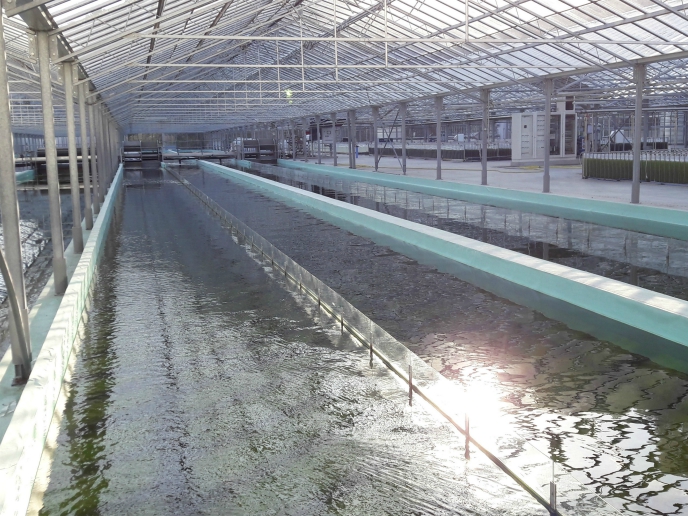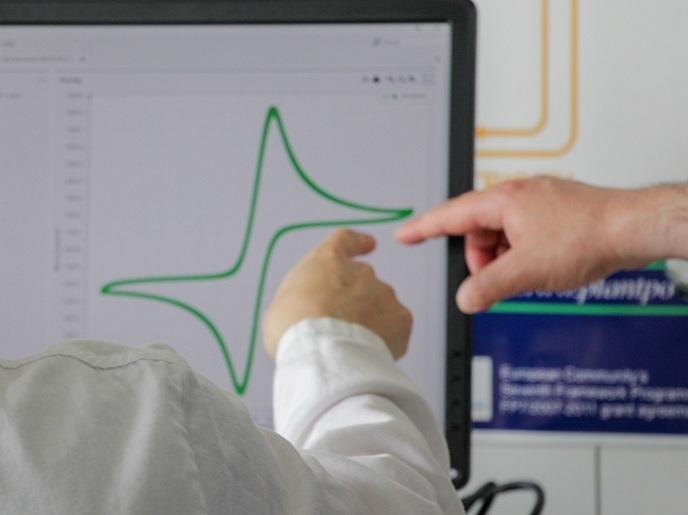Turning the carbon economy around with techniques to exploit cyanobacteria
Cyanobacteria (often referred to as blue-green algae) are a strain of primitive bacteria that are considered the inventors of photosynthesis, getting energy from the sun and carbon dioxide from the atmosphere, while also absorbing water and dissolved inorganic nutrients to grow. This process results in organic compounds (such as carbohydrates and proteins) and biomass and valuable chemical compounds, useful to humans for pharmaceuticals or as components for materials such as plastic. Recently, there have been attempts to genetically modify some cyanobacteria species to produce useful chemical building blocks, but yields have remained too low for practical applications. And the techniques and tools are still not as advanced as those established for organisms like yeast. The EU-supported, Cynthetica project, undertaken with the support of the Marie Skłodowska-Curie programme, demonstrated the genetic modification of a recently identified fast-growing strain of cyanobacteria with potential for industrial production. The cyanobacteria expressed a protein inside the cell that can be used to create ‘scaffolds’ and anchoring points for enzymes in biosynthetic pathways to produce the chemical compounds desired.
The scaffold, the anchor and the capture tool
Cyanobacteria naturally have a lot of membranes inside their cells and, as some bacteria make and use membrane scaffolds, the Cynthetica team were interested to see if they could form similar scaffolds in cyanobacteria. “We wanted to see if adding and organising more enzymes on membranes of protein scaffolds could yield more of the desired chemical compounds,” says project coordinator Prof. Poul Erik Jensen. “One such compound is diterpenes, which is of interest to the pharmaceutical industry as it has antimicrobial and anti-inflammatory properties.” In order to tether enzymes to the membrane scaffold, the team developed membrane ‘anchors’ – a stretch of amino acids at one end of the protein. Despite being tested and shown to work, only a limited number of enzymes could be anchored. Additionally, the team created a ‘capture tool’ or compartment inside the cell. As some chemical intermediates (products of chemical reactions) can be poisonous to the cell, containing them limits the damage they can do.
Towards a bio-based society
Cynthetica’s technique would be a boon for efforts to lessen dependence on fossil fuels for the production of materials and drugs. Additionally, cyanobacteria require around 40 times less land surface and 10 000 times less water than plants to make a comparable amount of products, while generating almost no waste. This means that industrial units could be located in deserts, seas or wasteland. “In the future, photosynthetic organisms, like cyanobacteria, could reverse the carbon economy, using atmospheric carbon dioxide, usually regarded as a problem!” says Prof. Jensen. While results are pending publication, the team continue to fine-tune the process. The most important next step will be to attach enzymes to the protein scaffold in large quantities. Additionally, the technique will have to work for different biosynthetic pathways, some of which require multiple steps and so rely on several different enzymes working together like a conveyer belt. The team’s results will help companies introduce the technique within industrial production settings.
Keywords
Cynthetica, biotechnology, cyanobacteria, photosynthesis, carbon dioxide, pharmaceuticals, chemical compounds, proteins, enzymes, membranes, biosynthetic, genetic modification







